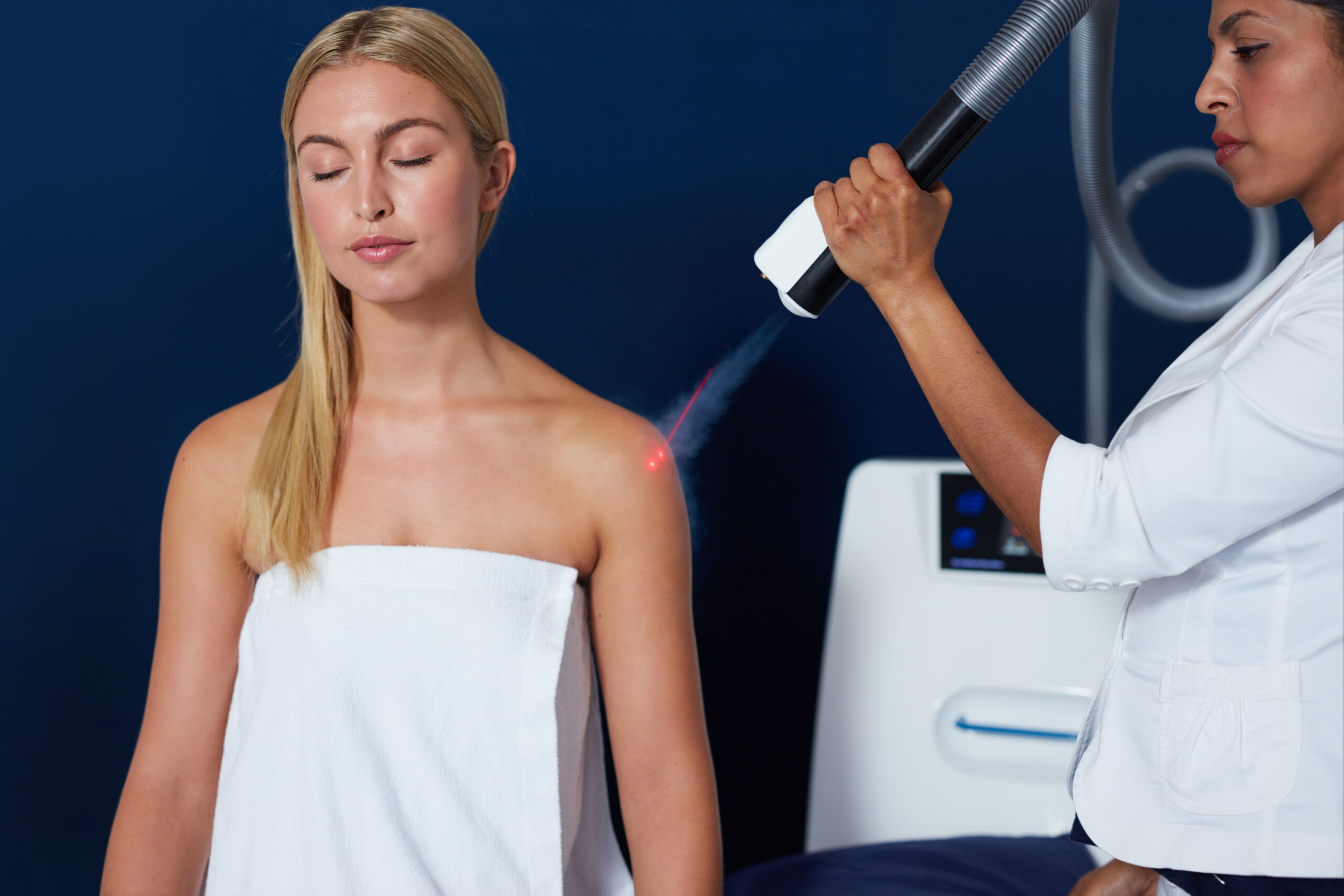
Abstract
Context: Tournament season can provoke overreaching syndrome in professional tennis players, which may lead to deteriorated performance. Thus, appropriate recovery methods are crucial for athletes in order to sustain high-level performance and avoid injuries. We hypothesized that whole-body cryostimulation could be applied to support the recovery process.
Objective: To assess the effects of 5 days of whole-body cryostimulation combined with moderate-intensity training on immunologic, hormonal, and hematologic responses; resting metabolic rate; and tennis performance in a posttournament season.
Design: Controlled laboratory study.
Setting: National Olympic Sport Centre.
Patients or other participants: Twelve high-ranking professional tennis players.
Intervention(s): Participants followed a moderate-intensity training program. A subgroup was treated with the 5-day whole-body cryostimulation (-120°C) applied twice a day. The control subgroup participated in the training only. Main Outcome Measure(s): Pretreatment and posttreatment blood samples were collected and analyzed for tumor necrosis factor α, interleukin 6, testosterone, cortisol, and creatine kinase. Resting metabolic rate and performance of a tennis drill were also assessed.
Results: Proinflammatory cytokine (tumor necrosis factor α) decreased and pleiotropic cytokine (interleukin 6) and cortisol increased in the group exposed to cryostimulation. In the same group, greater stroke effectiveness during the tennis drill and faster recovery were observed. Neither the training program nor cryostimulation affected resting metabolic rate.
Conclusions: Professional tennis players experienced an intensified inflammatory response after the completed tournament season, which may lead to overreaching. Applying whole-body cryostimulation in conjunction with moderate-intensity training was more effective for the recovery process than the training itself. The 5-day exposure to cryostimulation twice a day ameliorated the cytokine profile, resulting in a decrease in tumor necrosis factor α and an increase in interleukin 6.


